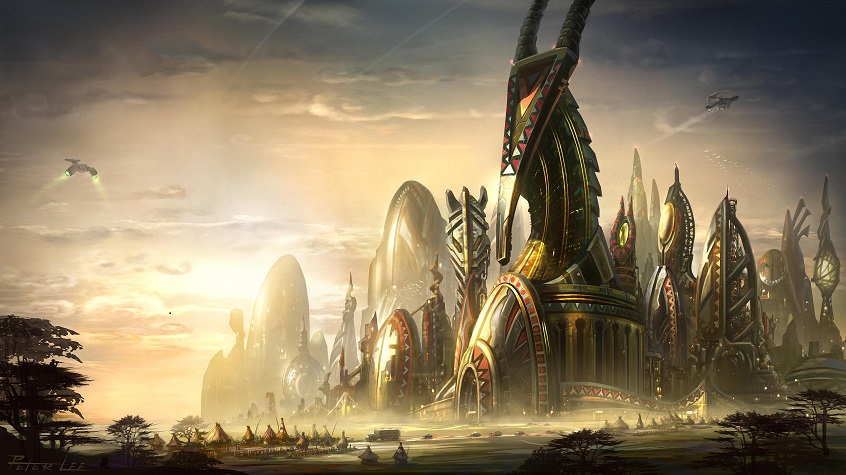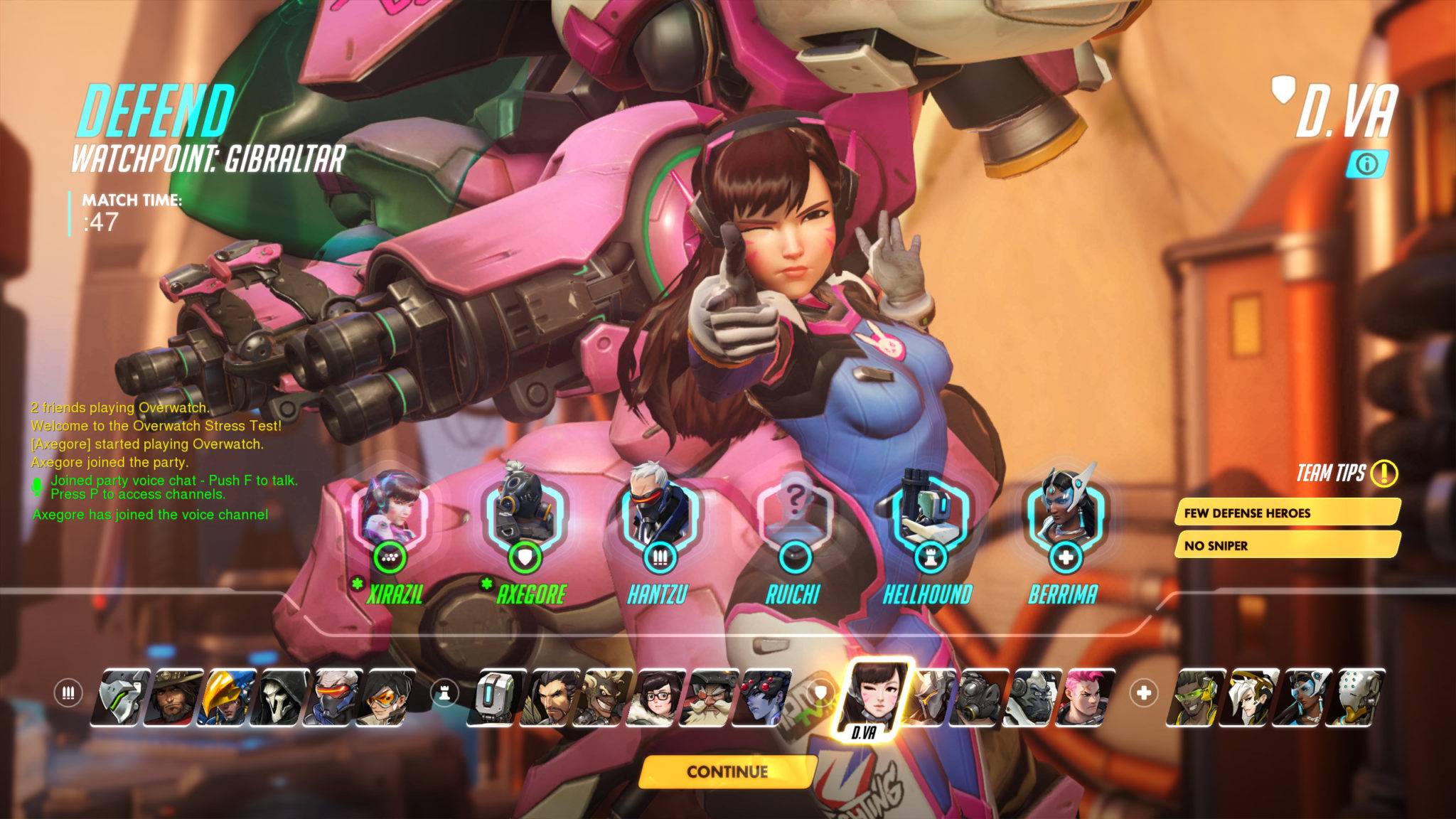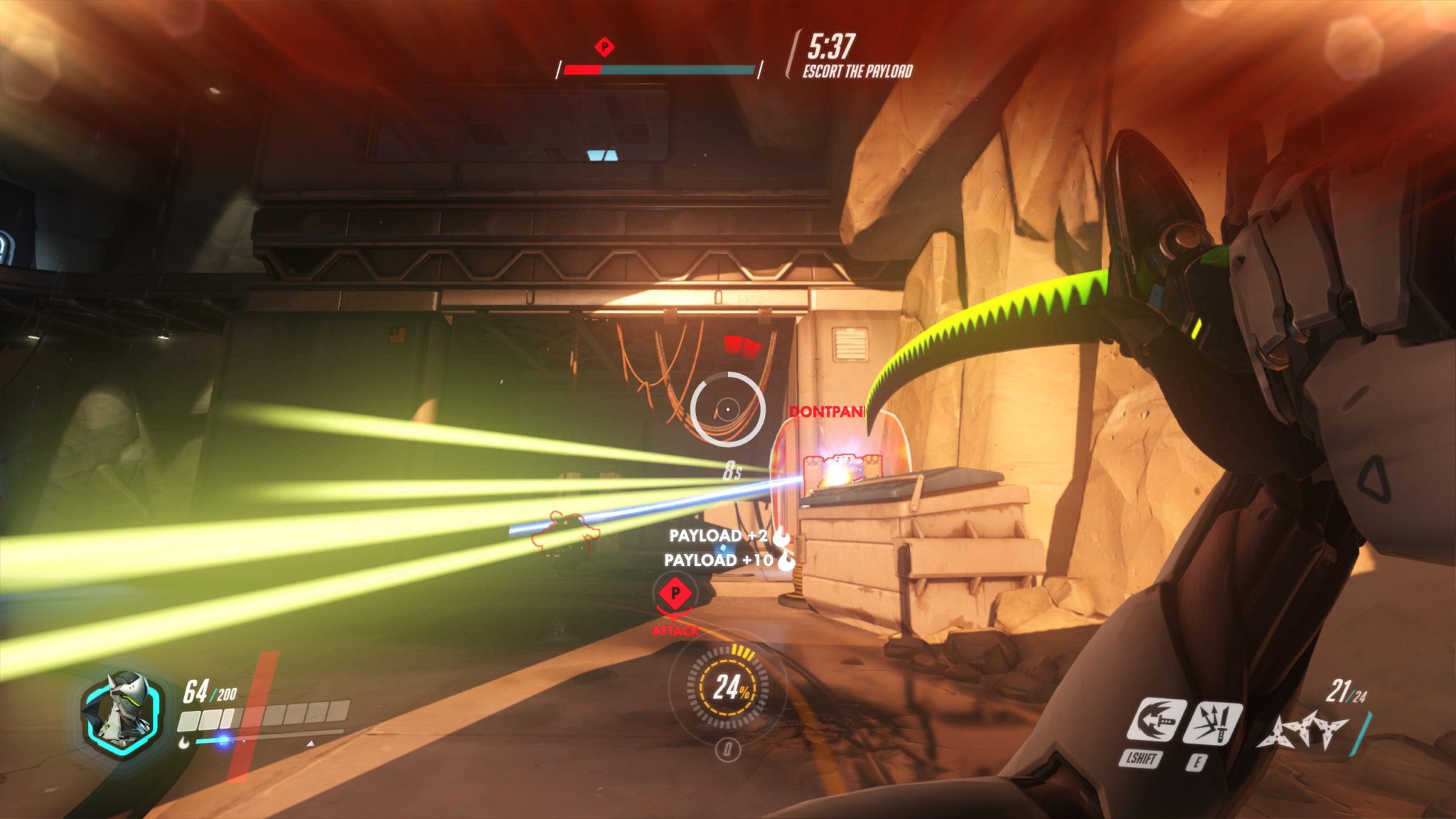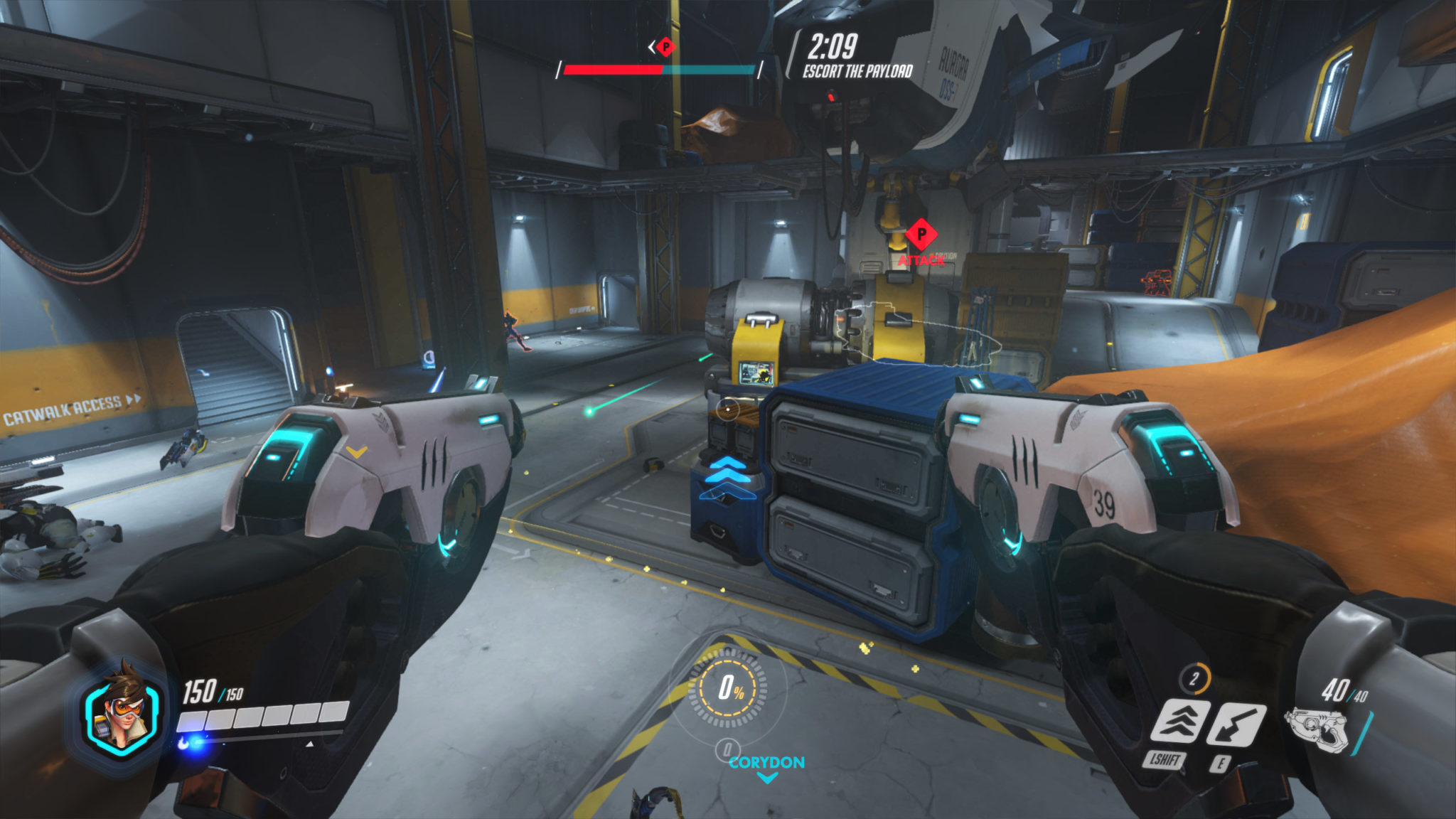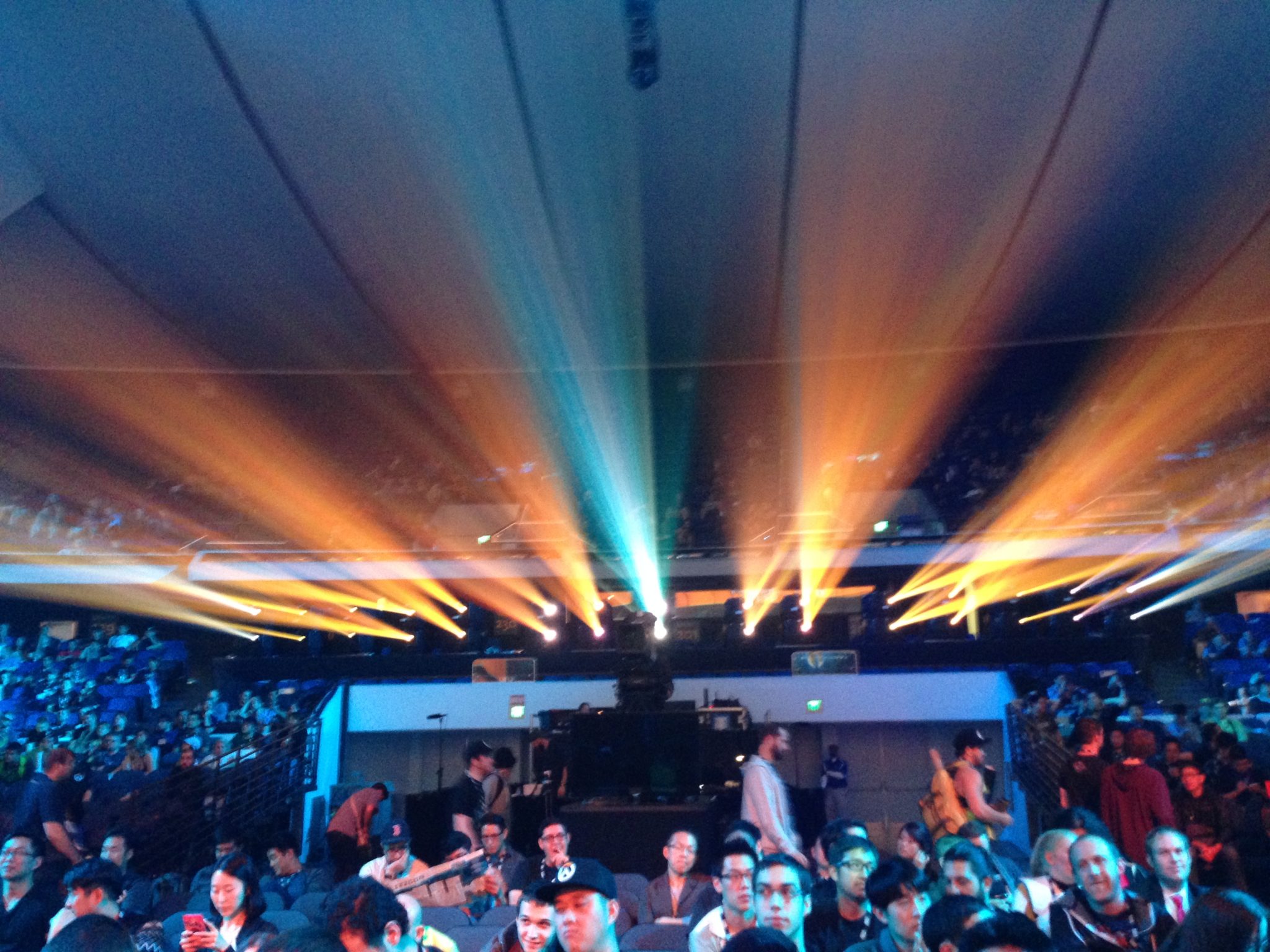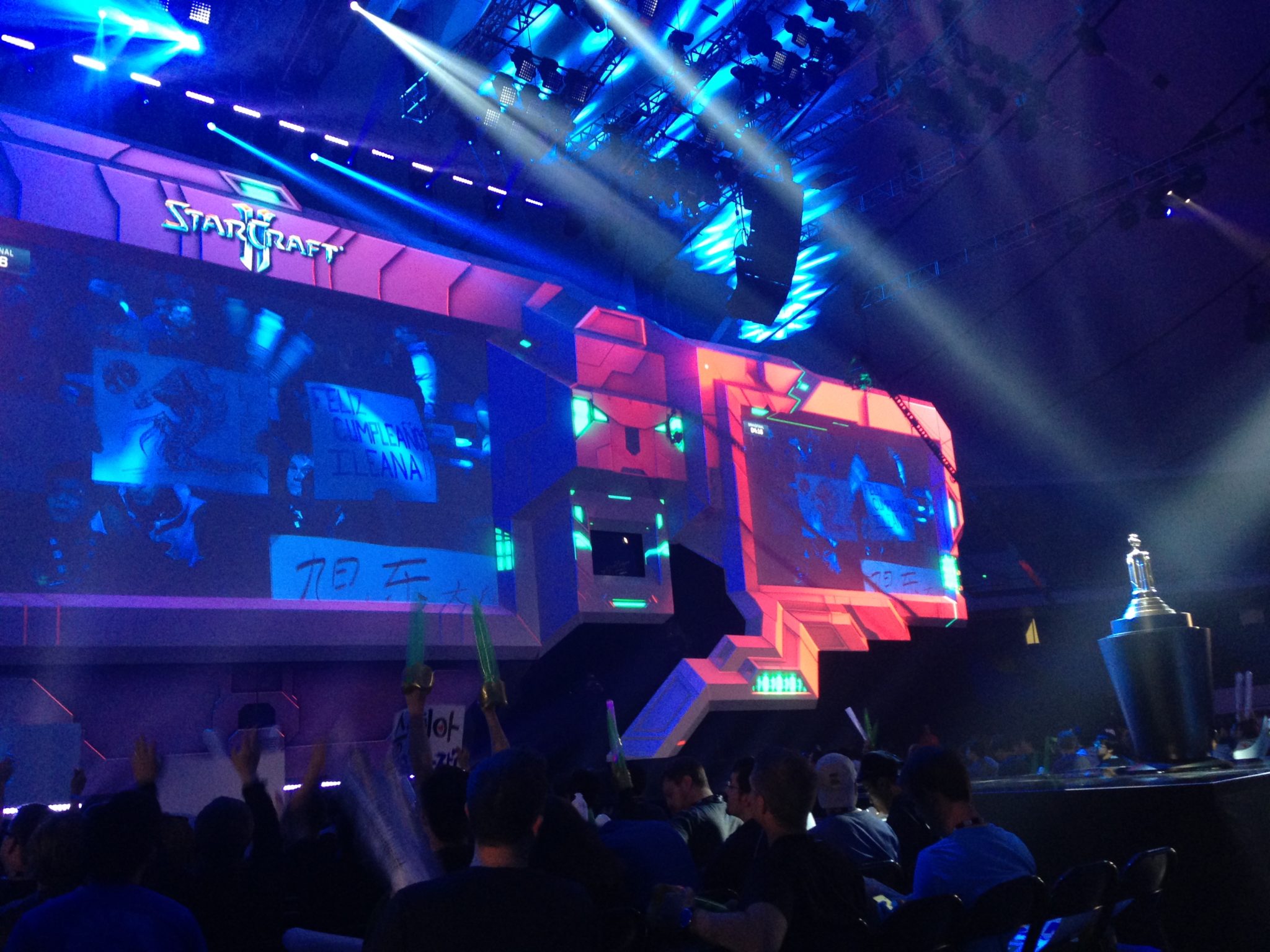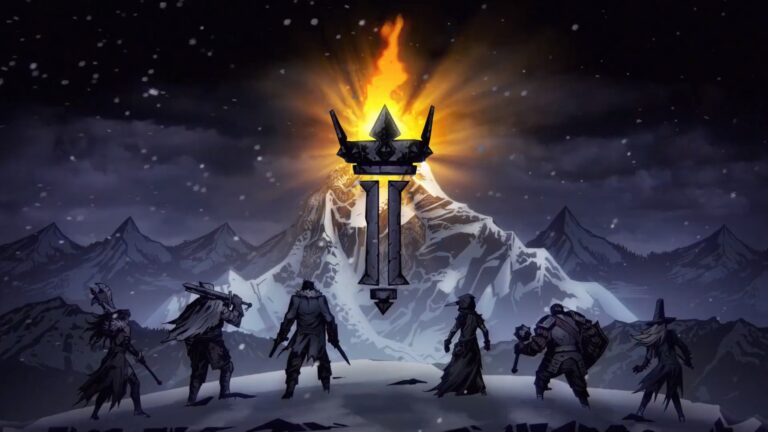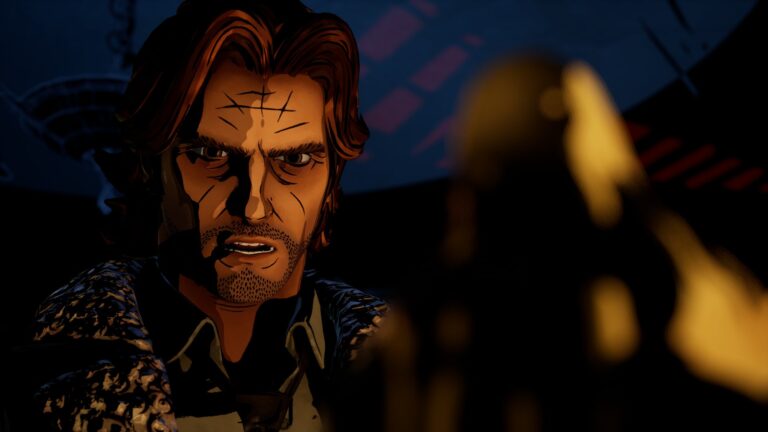Overwatch and the Future of Starcraft
Disclaimer – In the interest of transparency, it is necessary to disclose that I maintain personal relationships with current and former Blizzard employees.
As Blizzard’s first new IP in 17 years, Overwatch is an ambitious and lighting-paced multiplayer shooter already looking like the next big Esport, while Starcraft fights for relevancy among it’s contemporaries as the scene comes into its own. Today we will be taking a look at what Overwatch will need to succeed and thrive not only as a profitable game but also as a healthy competitive experience, and later discuss what the future may hold for Starcraft.
The day before this year’s Blizzcon, I received an email that my account had been flagged for the Overwatch beta, access very much coveted by FPS and Blizzard fans online. The last time I had played was Blizzcon 2014 after waiting in line for the better part of an hour, though I was successful in my attempt to initiate the download my hotel’s Wi-Fi made for a less than stellar experience. I played a handful of matches and decided any serious play would have to be reserved for a proper connection. Back at my desk, exhausted I was finally able to sit down and dive deep into the experience.
Out of the gate Overwatch plays very much like most multiplayer FPSs but with some major twists that make gameplay often chaotic and dynamic. In my experience Overwatch has more in common with MOBAs in terms of mechanics and character design than today’s Call of Duty’s or Battlefields. In a game such as Team Fortress 2, it’s entirely class based with an arrangement of playable characters all filling specific roles with unique equipment and gear. In a Halo/CoD/Battlefield we have mostly pre-fab player characters that all start at a baseline and customization goes from there in terms of class loadouts and ascetics, through Halo still retains elements of games such as Unreal with weapon pickups scattered around the map. Black Ops III has also integrated certain specialist characters, but in Overwatch every playable character is wholly unique in terms of play style, equipment, and abilities. Every hero in Overwatch at bare minimum has at least a primary weapon, primary ability, a secondary ability, and an ultimate ability. These abilities operate on a cool down system, with ultimate abilities needing to charge through gameplay prior to use.
Some heroes have alternative fire modes for their weapons and others have secondary arms at their disposal. Even while all the heroes are grouped into a category such as offense, defense, support, etc. the way you play them is extremely divergent from one another. A good example would be Mei, a Climatologist utilizing an endothermic blaster with a short range that can create blocking ice walls, literally freeze your opponent in place, and deploy an Astromech to cool down an entire area. Contrast with Widowmaker, an Assassin also listed in the defense category who can deploy traps, grapple up to position, and wields an automatic rifle whose alternate fire mode extends the barrel, elevators a proper optic into your line of sight, and allows you to charge up your now semi-auto shots to act as a sniper. While both can fulfill similar roles, the mechanics involved and the way you interact with them both as a player, an ally, and an opponent drastically change.
Dynamic Heroes with unique design, personality, and mechanical traits are at the heart of Overwatch, and the foundation the experience as a whole is based around. While ascetics vary widely, they all look and feel like part of the same universe. A universe mind you were a Brazlian EDM artist, a Yakuza heir turned cyber ninja, and a former South Korean progamer flying around in a mech suit all fight on the same team, or attempt to wipe each other off the map. From Blizzard’s original announcement cinematic back at Blizzcon 2014, we could tell there would be a major focus on storytelling and building a detailed lore structure around the setting and each character. Overwatch is an international task force charged with ending a war and preventing the world from falling into complete chaos and restoring liberty to all nations, says the cinematics opening’s, after which the camera pans back to revel this is in fact a historical video at a museum, and that while peace has been the norm for a generation.
Overwatch is supposedly a thing of the past, having formed 30 years prior during the start of the Omnic wars, an uprising of sentient robots. When our characters, an uninterested teen and his eccentric brother find themselves in the middle of a battle between heroes and villains long thought retired or missing, the story is unclear what Overwatch has been doing for the time in-between. It’s a great set up with plenty of room for creative freedom, and Blizzard looks poised to take full advantage of the setting to properly flush out the universe and it’s lore with not only a graphic novel series but full-fledged animated shorts.
The structure of Overwatch’s interacting mechanics and asymmetrical balance keep the game interesting throughout, with mobility being a core aspect. Overwatch’s current maps are all fairly large and based around either moving an objection forwarded or holding and capturing static points at different stages of the match as either teams takes up the task of either holding the line or pushing through it. The maps are varied with long open spaces as well as close corridors for CQB fights. What makes the maps flow well is how you can move through them depending on who you are playing, with Genji and Hanzo able to climb walls and Tracer able to bridge gaps while someone like Bastion has their feet firmly planted on the ground for most of the match. That is unless of course you can use Mei’s Ice wall to boost you up vertically.
Like MOBAs, Overwatch’s greatest strength isn’t just it’s hero’s abilities, it’s how they interact with each other to create chaotic and most importantly fun gameplay and counter play. Like with Mobas, taking a baseline mechanic and tweaking it just enough to feel different or integrating a complexly new mechanic then building unique ability sets around a character gives the devs a massive amount of material to work with in creating the experience. One of my favorite things about Overwatch is how efficient it is with my time, not that I don’t enjoy sitting down for 20-45 minutes at a time hammering away in other longer-format games. Speaking of format, the Beta currently only includes the Payload/Hard point progression variant with all of the current maps being asymmetrical, with defenders given time to set up positions before the attackers are able to move outside the spawn area. Variety in both map design and objective game modes will be key in the future to avoiding player fatigue.
All matches In Overwatch have a set time with more added to clock if the attacking force can secure a primary objective, with the average time right around 7 and a half minutes with 82,000 matches played at the time. This means the game can be played in shorts bursts, but more importantly in my opinion it makes the Esports environment much easier to handle logistically. And speaking of Esports, several teams and pros are already considering making ventures into the space once the game launches. With Overwatch launching on both PC and the major consoles they could end up with one of the biggest viewer and player bases for a competitive FPS. While DOTA 2 and League of Legends may stand toe-toe in terms of Valve and Riot constantly trying to 1up each other between prize pools, production value, and venue locations, Counter Strike stands well above its current competition in both scale and grandeur.
While the status quo that is the dominance of CS:GO creates quite the gauntlet to overcome, I have no doubt Blizzard are looking to make Overwatch the next big Esport in time should the conditions prove viable. The first few pieces are already in place to make it a reality, but ultimately it’s the fans and viewers who make or break any game in the scene, though there is enormous potential given that Overwatch is very approachable in my experience, a property of games not to be taken lightly as casual players make up the foundation needed to build a successful competitive circuit. Overwatch currently sits in a relatively small closed Beta, with a server stress test following soon with a major influx of new players. Like with Hearthstone, an open beta and/or huge launch cycle will be key to keeping the hype rolling and ultimately determine the initial success of the title, though it will be some time before we know just how successful Overwatch can or will be. Though questions regarding monetization going forward remain unanswered, and will only hurt the titles chances without solid info from the devs themselves.
Starcraft
Moving on, I’d like to focus on the title that represents what many have dubbed the birth of modern Esports, the sole reason Twitch even exists, and for many (myself included) their first foray into a truly competitive gaming environment. Back in the late 2000s, Eons in internet years, the scene in North America was practically non-existent in the public lexicon. At the time most people in the core gaming community had heard of MLG or IEM, but the masses were completely unaware the scene even existed. Nonetheless, Halo, Counterstrike, DoTA and other titles still drew respectable audiences and followings. However, none could match the sheer dominance of a little RTS released way back in 1998 that had turned South Korea into a Mecca for Esports. The original Starcraft and the expansion Broodwar created a cult following the likes of no other at the time, with networks such as Ongamenet and MBCgame broadcasting their Starleagues live on national television.
Starting around the early 2000s Broodwar’s competitive scene was able to bring major sponsors into the fold to support teams and create legions of diehard fans for the cutthroat competitions that followed both in South Korea and abroad. Fast forward to late 2010, the much anticipated Starcraft 2 release had come to pass and the hype train kept on rolling into the new decade with massive event circuits being broadcasted in real time over the net. Esports in North America was finally coming into its own, with Starcraft representing the Rubicon when the scene inevitably started to crossover into mainstream gaming culture. However Starcraft would not stand unopposed for long and eventually be completely overtaken by League of Legends in the following years. Eventually League of Legends would go on to become to most popular game in the world, edging out all its competitors both in terms of hard player numbers and events. Today LCS has grown to represent the biggest event series in the world for Esports as Starcraft 2’s relevance continued to decline.
Regardless of the early problems that persisted for many years, by the end of 2012 the writing was on the wall. Regardless of maps like Delta Quadrant, Terran bunker rushes, or BroodLord/Infester death balls, Starcraft simply couldn’t draw in the kind of viewership or player base to adequately compete with League and other up and coming scenes such as CS:GO. To put it into perspective, LCS Season 4 Worlds had 11,200,000 concurrent viewers, while WCS Grand Finals of the same year could only manage just under 155,435. Not to say the current WCS circuit isn’t very respectable, but Starcraft 2’s number one problem when it comes to Esports is fairly straight forward, players = viewership. You can draw a direct correlation from a more solid and active the player base is for any given game to a bigger immediate audience using the last 6 years or so of data that is publicly available. Starcraft 2’s biggest flaw is not providing enough outlets for the vast majority of players wanting a more casual experience than ranked competitive multiplayer.
While the Arcade and Battle.net 2.0 as a whole did eventually get much better, SC2 still lacks any sort of meaningful progression or reason to play the game outside of climbing the ladder or competing against others. A leveling system was eventually implemented allowing you to level up each race individually through matches with user portraits and base icons as rewards as well as special unit animations and a handful of skins. At Blizzcon this year, the SC2 Dev Team finally announced they will be in fact adding more skins to the game proper with micro transactions a possibility, and teased a long overdue feature that has been requested by fans for years, alternative announcer packs as well as a revamped ladder. Starting next season Grandmaster will now update in real time, and soon we should have separate rankings and MMR per race, another much requested feature. As a Diamond Zerg, it’s impossible for me to play either Protoss or Terran relative to my skill level with those races Along with Covert Ops, Blizzard seems eager to get people playing Legacy and keep playing enough to generate a much wider viewer pool than currently exists.
While micro-transactions originally drew the ire of many back when Free2Play was first becoming a business model, these days handled properly everyone can benefit. While anything that modifies gameplay is still taboo and should be avoided, Halo 5 was still able to bring in $700,000 USD within a few weeks of launch, a portion of which is being funneled back into the Halo World Championship series, having taken a few pointers from Valve. Cosmetic accoutrements such as those in CS:GO give both causal and core players a major incentive to stay active, even if those incentives exists completely outside of the games mechanics. What Starcraft going into the future needs to not only survive but to grow are these kind of progression and monetary facets. What if you could kit out your entire army to match your favorite team? What if Destiny or IdrA could say means things to me whenever I lose a base or get attacked? There are a ridiculous amount of possible avenues for this sort of thing in my opinion, and they don’t just apply to competitive multiplayer. Ultimately it will be up to Blizzard to take the steps they want to and try to expand the scene as they see fit. While Starcraft 2 probably won’t ever be able to edge out the likes of Riot, but it can co-exist with not only League but Blizzards other properties as well as Valves current ventures. These additions and a dedicated support team for the games lifespan post launch can give way to a much needed reinvigoration of a well respected scene of die-hard fans and cut throat professionals alike. En Taro Tassadar.
Sources – eSports data links
http://www.fuzic.nl/events/4014-wcs-grand-finals/
http://www.riotgames.com/articles/20141201/1628/worlds-2014-numbers
http://www.tomshardware.com/news/halo-world-championship-prize-pool,30612.html
No related posts.



